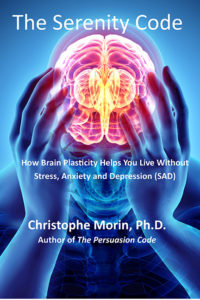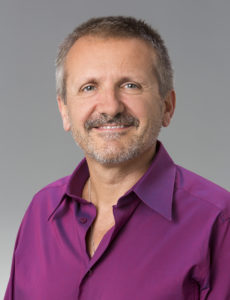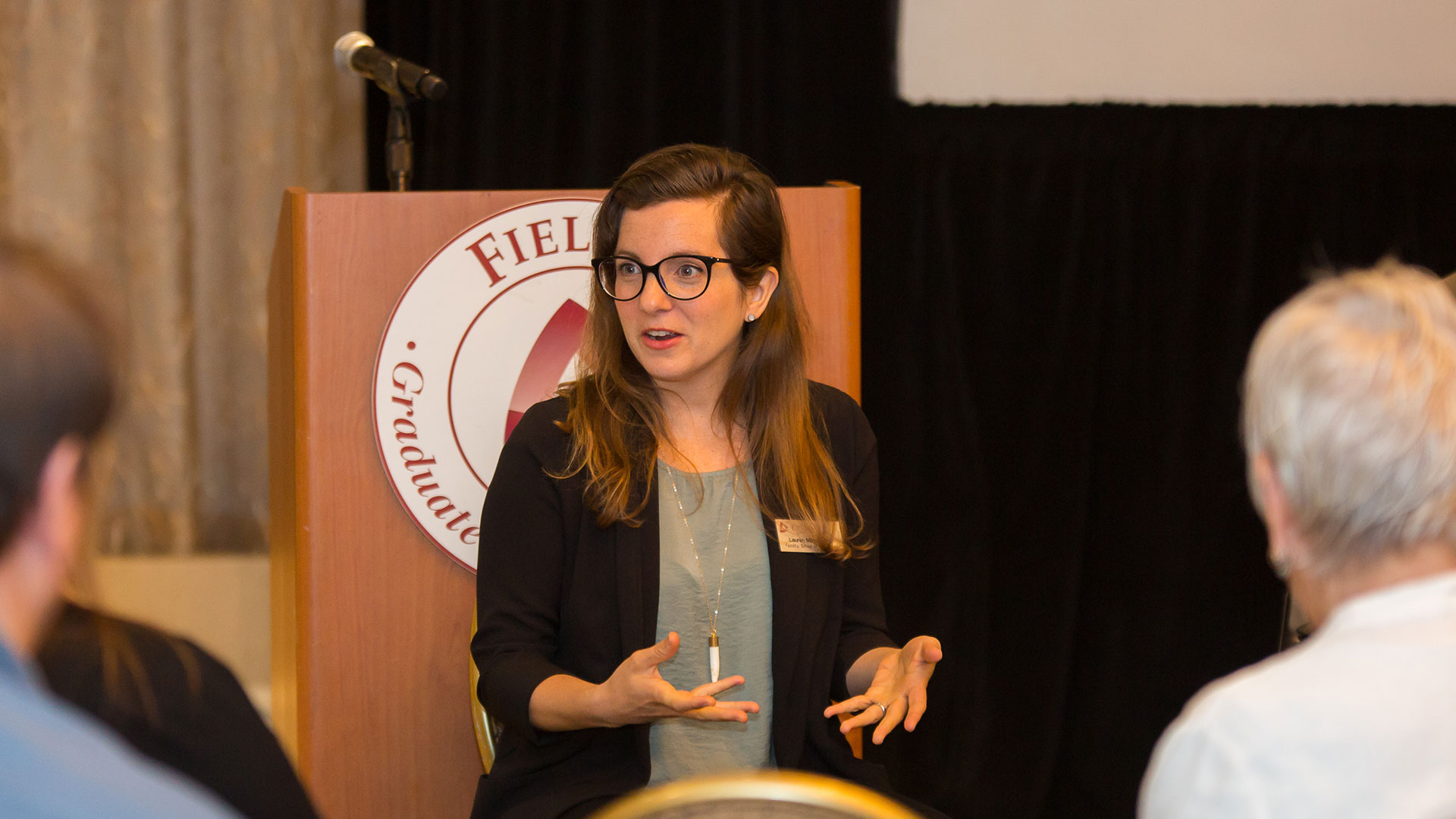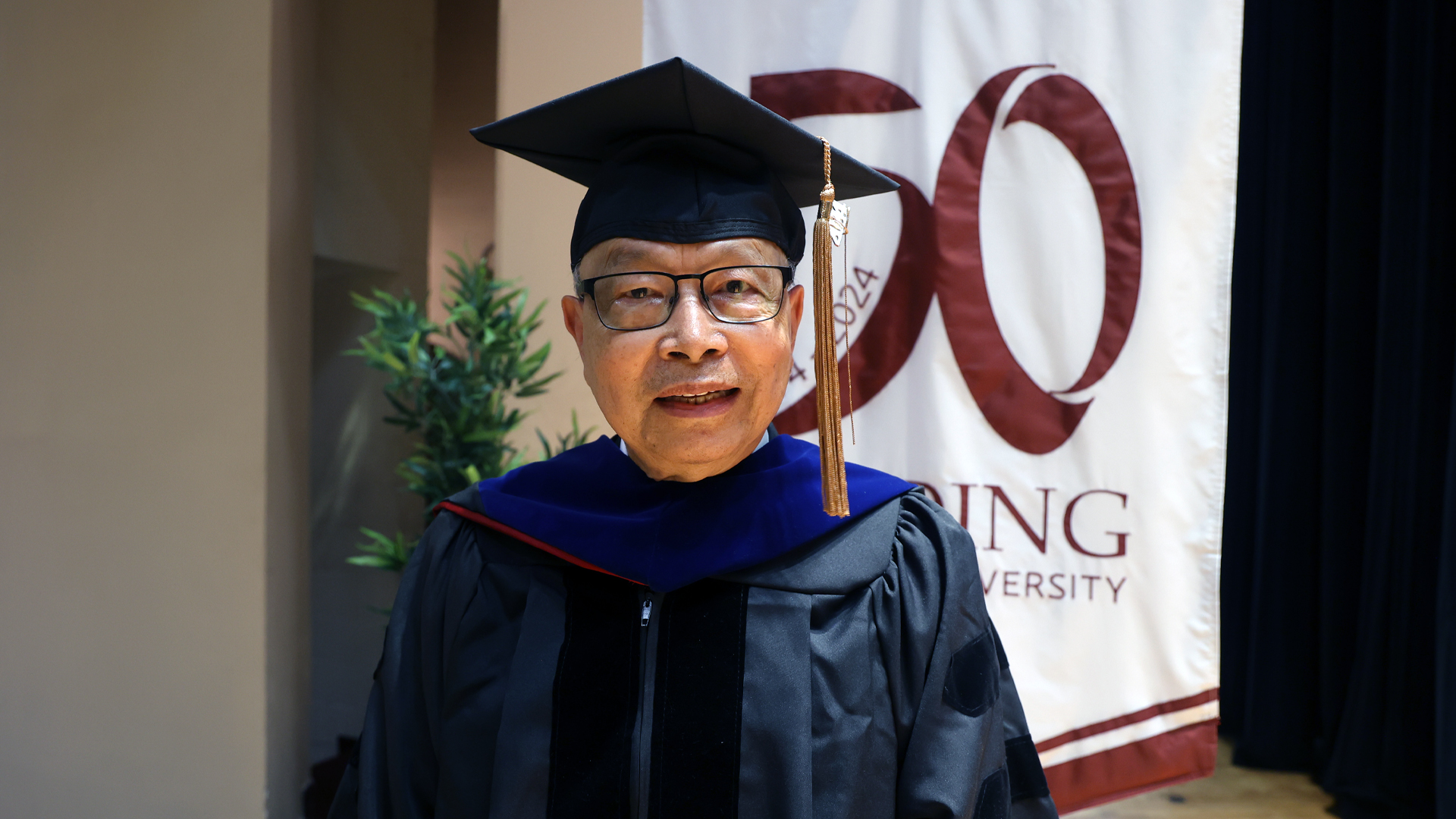Christophe Morin, PHD
Adjunct faculty, Media Psychology
Novemeber 9, 2020
A new book revealing how you can use brain plasticity to lower your symptoms of stress, anxiety, and depression?
 Until I turned 50, I was not the kind of person who would typically seek to experience altered states of consciousness or even seriously consider the value of spirituality. Indeed, I spent most of my life with no exposure or interest in psychedelics and no formal spiritual or religious practice. Nor had I ever entirely accepted the idea of “Spirit” or dared to use the word “God” unless discussing a movie or book referencing religious themes. However, I started the spiritual practice of using ayahuasca in 2010, mostly to understand the effect it would have on my neurochemistry. Ayahuasca is a psychoactive plant-based brew that has been used for spiritual, religious, and healing purposes by ancient Amazonian tribes for thousands of years [3, 4]. I was also hoping that plant medicine would help me lower my chronic and worsening anxiety [5, 6]. At the time, I attributed that my worries were fueled by concerns about sustaining the growth of my business as well as addressing the complicated health challenges facing my son.
Until I turned 50, I was not the kind of person who would typically seek to experience altered states of consciousness or even seriously consider the value of spirituality. Indeed, I spent most of my life with no exposure or interest in psychedelics and no formal spiritual or religious practice. Nor had I ever entirely accepted the idea of “Spirit” or dared to use the word “God” unless discussing a movie or book referencing religious themes. However, I started the spiritual practice of using ayahuasca in 2010, mostly to understand the effect it would have on my neurochemistry. Ayahuasca is a psychoactive plant-based brew that has been used for spiritual, religious, and healing purposes by ancient Amazonian tribes for thousands of years [3, 4]. I was also hoping that plant medicine would help me lower my chronic and worsening anxiety [5, 6]. At the time, I attributed that my worries were fueled by concerns about sustaining the growth of my business as well as addressing the complicated health challenges facing my son.
My son was diagnosed with Tourette’s Syndrome (TS) at the age of 6. It is a complicated condition that has affected him for over two decades. TS is a neurological disorder characterized by involuntary tics [7]. From the age of 12, he has suffered from a growing list of comorbid pathologies, which most TS kids eventually face: OCD, ADHD, anxiety, and depression. As a result, his teenage years were a long period of stress for him, but also me. I often blamed our frequent altercations on my inability to find a scientific cure for his complex neurological and psychological condition. However, I slowly but gradually started to see the world from his perspective rather than my own. As a result, I focused on helping him cope with TS while holding on to the hope that, together, we would finally find the right medication, the right psychiatrist, the right therapist to mediate the worse symptoms. Yet, navigating his frequent intense periods of despair continued to affect me. Two years ago, at the age of 58, while going through the grief of losing my beloved father, I experienced a severe peak in stress and anxiety. To overcome the threat of a more severe emotional meltdown, I had no option but to dig deeper into my soul as well as explore new ways to quickly restore a state of serenity. Fortunately, while the prior sessions with ayahuasca had provided valuable insights, one on October 5, 2018, literally changed my life.
The birth of the Serenity Code
On that day, I experienced a profound spiritual awakening during a ceremony held in Brazil. During this intense session, I finally understood that much of my anxiety was entirely “self-inflicted” because I had psychologically “abandoned” myself while attending to my son’s challenges for many years. Additionally, the session helped me touch and feel the depth of his depression but also the power of his courage to face his condition. More importantly, I realized that I had a unique opportunity to help him while helping myself. Indeed, under the psychoactive effect of the plant, I received a surprising message: write a book on the science of serenity and self-love habits. I had never thought about writing a book on this topic until this session.
The narrative of this ceremony was crystal clear, though. Publishing this book could be a gift to many people, who, like my son, often feel consumed by stress, anxiety, and depression (conditions I refer to collectively as “SAD”). Additionally, researching the book would be the best way (and maybe the only way) I could personally overcome my self-inflicted anxiety. At the same time, it would be the best option to continue to help my son. So, since then, and during subsequent ayahuasca ceremonies, I have received more insights and guidance to complete the book in record time. Therefore, without the help of the ancient teaching plant and the inspiration I received from my son, this book would not exist at all.
Let me be clear, though. I do not consider myself as being enlightened, nor do I have the vanity to believe that I was chosen to write this book. However, I feel that the chemical changes in my brain during ayahuasca sessions gradually allowed me to enter a powerful portal of spiritual consciousness. This is a portal that I had never visited before, giving me a transformative perspective on my Spiritual Self and my anxiety. The insights I received helped me examine my mental health from a completely different psychological paradigm. More importantly, I learned that I could manifest a creative and effective option to support my son while also treating myself.
For nearly two years since I started this journey, I have shared my inner work during this unusual journey with my son regularly. Remarkably, I have re-invented my relationship with him to free myself from the guilt, shame, and anxiety I had stored for decades. As a result, I have developed an entirely different view of him and myself. In fact, I see him now as my teacher as much as my son. I feel he has helped me confront a critical truth about my suffering I never recognized. Also, I am inspired by his courage to face so many psychological and physical challenges while pursuing his passion and purpose every single day.
Finally, as I had hoped, by adopting many of the principles described in The Serenity Code, his condition has significantly improved. So the purpose of The Serenity Code is simple: to present, for the first time, a revolutionary formula and scientific framework to help a growing population suffering from excessive stress and anxiety find serenity again. Let me be clear right from the beginning: my intention is not to discredit the value or need for pharmacological or traditional therapeutic options to reduce the toxic effect of stress, anxiety, and depression on your health. However, recent evidence from brain research shows that the rewiring of essential neuropathways can offer viable alternatives or complement old approaches. The plasticity of the brain is not a new subject, but how we can rewire our brain to heal ourselves using practices that take minutes per day is groundbreaking.
The Serenity Code gives you a simple yet scientific formula that can transform your life. The first half of the book presents the science behind the model to motivate you to break the cycle of abandoning yourself. The second half shows you why and how engaging in transformational habits will rewire your brain to enjoy more serenity. So, the book is designed to help you learn and apply the process of exploiting your brain chemistry to heal. Indeed, simple habits can boost the production of valuable neurotransmitters you need daily to maintain a state of calm and composure, which is known as the blissful state of serenity.
ABOUT THE AUTHOR:
References:
1. Center, P.R. Who doesn’t read books in America? 2019; Available from: https://www.pewresearch.org/fact-tank/2019/09/26/who-doesnt-read-books-in-america/.
2. Publishing, H.H. Calories burned in 30 minutes for people of three different weights. 2004 [cited 2004; Available from: https://www.health.harvard.edu/diet-and-weight-loss/calories-burned-in-30-minutes-of-leisure-and-routine-activities.
3. Jiménez-Garrido, D.F., et al., Effects of ayahuasca on mental health and quality of life in naïve users: A longitudinal and cross-sectional study combination. Scientific Reports, 2020. 10(1): p. 4075.
4. Santos, B.W.L., et al., Biodiversity of β-Carboline Profile of Banisteriopsis caapi and Ayahuasca, a Plant and a Brew with Neuropharmacological Potential. Plants, 2020. 9(7): p. 870.
5. Favaro, V.M., et al., Effects of Long-Term Ayahuasca Administration on Memory and Anxiety in Rats. PLOS ONE, 2016. 10(12): p. e0145840.
6. dos Santos, R.G., et al., Efficacy, tolerability, and safety of serotonergic psychedelics for the management of mood, anxiety, and substance use disorders: a systematic review of systematic reviews. Expert Review of Clinical Pharmacology, 2018. 11(9): p. 889-902.
7. Robertson, M.M., Tourette syndrome, associated conditions, and the complexities of treatment. Brain, 2000. 123(3): p. 425-462.
Join Over 7,500 Fielding Alumni Located Around The World!
Change the world. Start with yours.™







Get Social